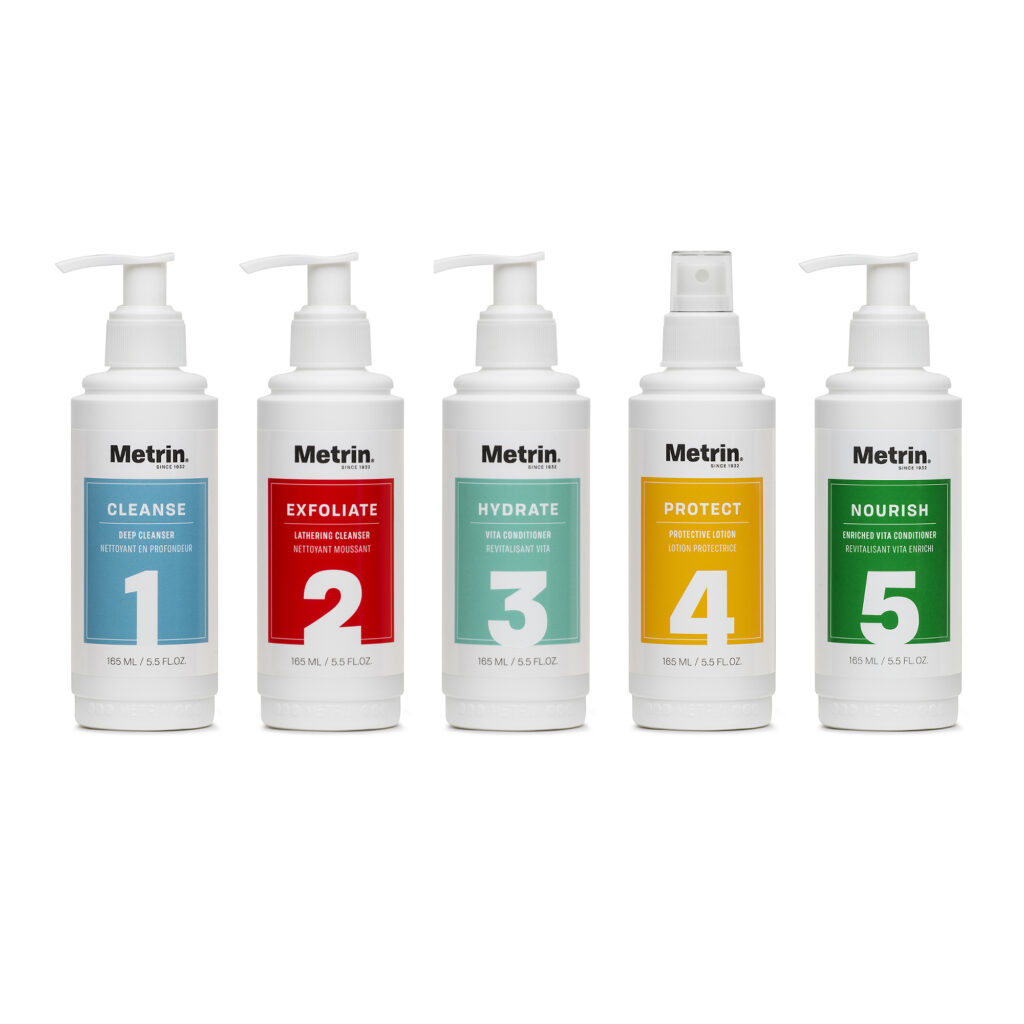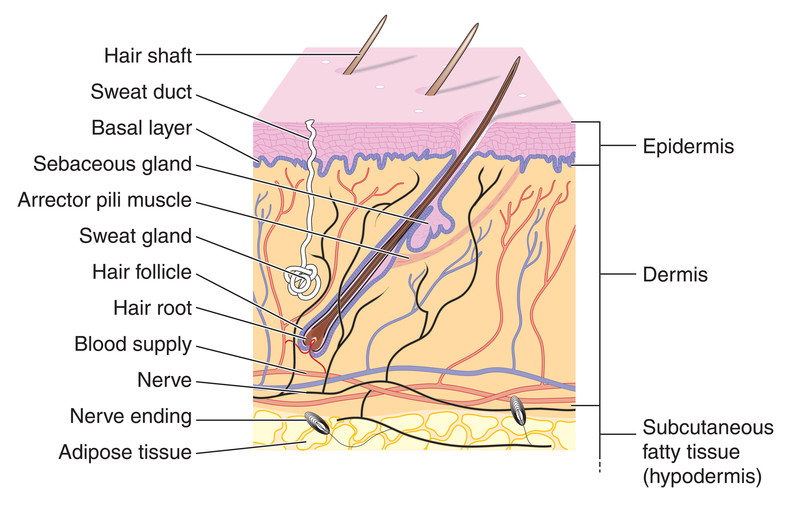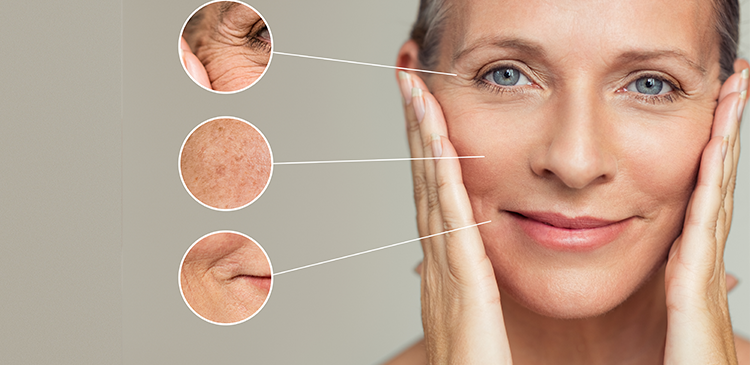Finding Balance: Treating Dry or Oily Skin
Your skin wants to feel just right – it wants to balance oil production and moisture retention to prevent too much or little of either.
Modern life mounts an all-out assault on its ability to balance itself, though, so if you’re struggling to maintain it we’ve got good news for you: It’s not your fault… and there’s nothing wrong with your skin, either.
Dry, Oily, and Combination Skin
It might be oily, or dry, or both which is more frequent than you may imagine and any of the three usually mean the same thing. Something is likely out of balance with your body’s natural processes.
Good news, though. It’s simple to fix. We know you’ve tried everything, and your bathroom looks like a laboratory with all the stuff you’ve given up on, just sitting there on the shelf.
Here’s the thing, you need to target the issue itself, not just the symptoms it causes. You need to get your skin back to its natural balance or it’s going to keep giving you trouble.
Causes
Let’s talk dry skin first. The obvious answer is dehydration, but there’s more to it than that.
Yes, your skin’s exterior layers – your epidermis – gets flaky and even cracks when it doesn’t get enough to drink (water is your friend ), but it’s also dependent on receiving the right balance of oils from the deeper layers.
Too much oil or water can cause the same skin issues and adding more to an over-saturated mix is like cranking all the amps to 11.
A little oil is a good thing – it helps keep your skin in good shape, but sometimes your body will kick into overdrive if its balance isn’t just right.
Too little oil or moisture causes or exacerbates poor exfoliation which causes skin to lose its softness and elasticity.
Too much oil – it’s actually called sebum and it’s produced in your hair follicles. You need this to help protect you against infections and abrasions and other stuff that causes oily skin.
You need to find the balance. And it’s easier than you think.

Treating Dry Skin
“Fat-free” is a trendy. Obviously, most of us can handle fat reduction in our diet but go too far and you’ll hurt your skin.
Tests all the way back to the early 20th century have shown that in the absence of sufficient fats, skin loses its ability to retain moisture.
We’re not saying you should go drink a cup of oil or anything. That will probably cause more harm than good, especially if you’re trying to control what you eat.
Introducing beneficial fats directly into your skin can quickly boost its ability to hold the water it needs to radiate that youthful glow.
Skin Care Pro-tip
Don’t be afraid of the word “fat”. You need it to survive and your skin needs it to stay supple and healthy. Without it, you’d just dry up like a raisin. Nobody wants that.
Polyunsaturated Fatty Acids (PUFAs) are good for your skin. Not like, “good fat” – that’s an industry buzzword, but these are substances that, on the molecular level, help your skin execute the processes it’s designed to perform. You simply couldn’t live without them, and if diet isn’t always the best way to deliver them directly to your skin.
A precision-blended product can make all the difference in encouraging your skin to renew itself by delivering not just PUFAs directly to your skin, but carrying other nutrients right along with it.
Sunflower oil in skin care is used because it’s easily absorbed by your skin and provides an excellent delivery vehicle for essential nutrients.
What About Oily Skin?
As we mentioned, some oils are far superior to water and whatnot at delivering the nutrients your skin needs to thrive.
The main reason your skin produces so much oil is to protect itself from outside factors that can cause damage – high heat or low cold. Wxposure to unfriendly stuff like bacteria, chemicals, irritants, microscopic extraterrestrials, and so on.
A little oil is a good thing – it helps keep your skin in good shape, but sometimes your body will kick into overdrive if its balance isn’t just right. There’s an underlying problem causing an effect and you need to address it to bring out your skin’s inner radiance.
That’s why balance is so important and why slathering yourself with a lab’s worth of harsh irritants and water-based lotions that target symptoms instead of restoring skin health hasn’t worked.
3 Layers Deep
 Epidermis: whether you have oily skin or dry, proper exfoliation is crucial to its overall health. Non-abrasive liquid exfoliants can help control exfoliation – not too much, not too little. Balance.
Epidermis: whether you have oily skin or dry, proper exfoliation is crucial to its overall health. Non-abrasive liquid exfoliants can help control exfoliation – not too much, not too little. Balance.
Dermis: here’s where your sebaceous (oil) glands and other supportive skin structures live. They’re well protected by the outer layers, but a proper skin care rountine carefully blends natural carrier oils to feed them the nutrients, acids, and vitamins they need to stay balanced. Treat your dermis right and it’ll produce just the right amount of sebum, collagen, and elastin to support soft, youthful skin.
Hypodermis: think of this as your skin’s nutrient refinery, providing health-fuel to the upper layers. Nutrients they need to renew themselves naturally. A gentle formulation can absorb deeply to provide your refinery with precisely the parts it needs to keep the nutrient assembly line running in tune.
Both dry and oily skin care benefit from the same care. All you need to do is focus on restoring the system your skin’s natural balance.







